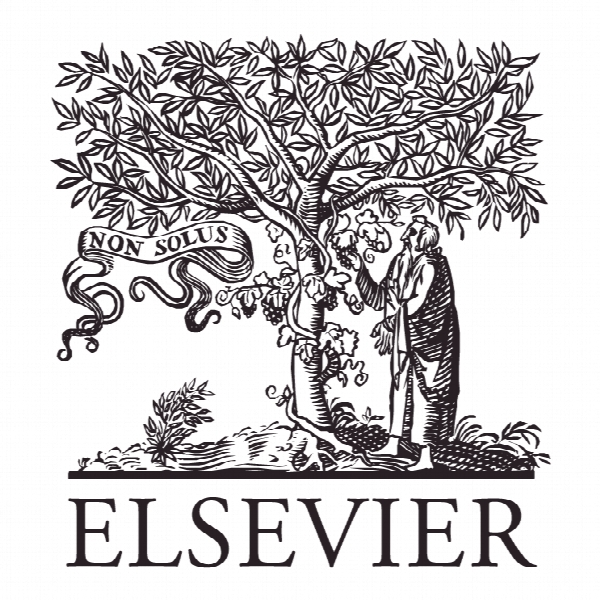مدل سازی نفوذ بازار لوازم کارآمد انرژی در بخش مسکونی Market penetration modeling of high energy efficiency appliances in the residential sector
- نوع فایل : کتاب
- زبان : انگلیسی
- ناشر : Elsevier
- چاپ و سال / کشور: 2018
توضیحات
رشته های مرتبط اقتصاد
گرایش های مرتبط اقتصاد پولی
مجله انرژی – Energy
دانشگاه Department of Mechanical Engineering – University of Alberta – Canada
منتشر شده در نشریه الزویر
کلمات کلیدی نفوذ در بازار، سهم بازار، لوازم خانگی، بهره وری انرژی، انگیزه
گرایش های مرتبط اقتصاد پولی
مجله انرژی – Energy
دانشگاه Department of Mechanical Engineering – University of Alberta – Canada
منتشر شده در نشریه الزویر
کلمات کلیدی نفوذ در بازار، سهم بازار، لوازم خانگی، بهره وری انرژی، انگیزه
Description
1. Introduction The improvement of energy efficiency in the energy demand sector has key impacts on energy consumption and GHG mitigation [1]. Forecasting the overall energy efficiency for the energy sector is the function of a series of variables including technical and economical parameters affecting the market penetration of high energy efficiency technologies [2]. Modeling the penetration of high energy efficiency equipment in the energy demand sectors is critical not only to analyze the energy demand of future years but also to manage the policies formulated by public or private organizations to achieve energy or environmental targets [3]. Energy intensity in the residential sector of Alberta, a province in Canada, was 148.52 GJ per household in 2011, 38% more than the national average of 107.75 GJ [4]. The province of Alberta has the highest per household energy consumption among the provinces [5]. Energy intensity by appliance in Alberta was 17.01 GJ per household in 2011, which put this province second in the country after Manitoba [5] and was 25.2% higher than the average of the other provinces and territories in energy consumption by appliance. The total stocks of appliances per household in Alberta were 21.7, which was 2.25% lower than Canada’s average [6]. In Alberta, 49% of refrigerators have the ENERGY STAR® label, which is a consumer icon in the Canadian marketplace [7]. The ENERGY STAR product label identifies products that are qualified as high efficiency [8]. These products have higher energy efficiency than regular ones and are considered energy efficient [9]. Under an agreement with the U.S. Environmental Protection Agency (EPA), Natural Resources Canada (NRCan) administers and monitors the ENERGY STAR name and symbol in Canada. It should be mentioned that, as of the time of this study, there are no ENERGY STAR standards formulated for ranges [10]. The history of specification differences between ENERGY STAR and regular appliances shows that ENERGY STAR appliances have 20e30% more energy efficiency than regular ones [10]. The shares of ENERGY STAR use for dishwashers, freezers, and clothes washers are 42%, 23%, and 50%, respectively, all of which are higher than Canada’s average values (37%, 22%, and 48%, respectively) [11].


